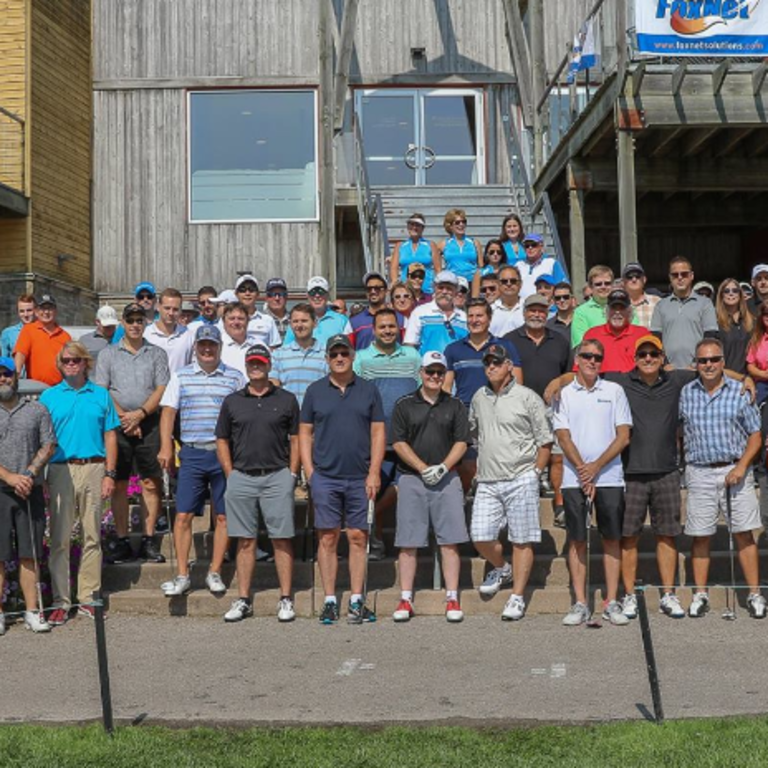
Featured
Celebrating 20 Years!
The 20 year anniversary marks an important milestone for FoxNet as we look back on our growth, accomplishments, and relationships built with customers, partners, staff, and the community.
Read MoreYou know your business, we know IT. Together we can determine what services make the most sense for you and custom tailor the solution that best meets your needs and budget.